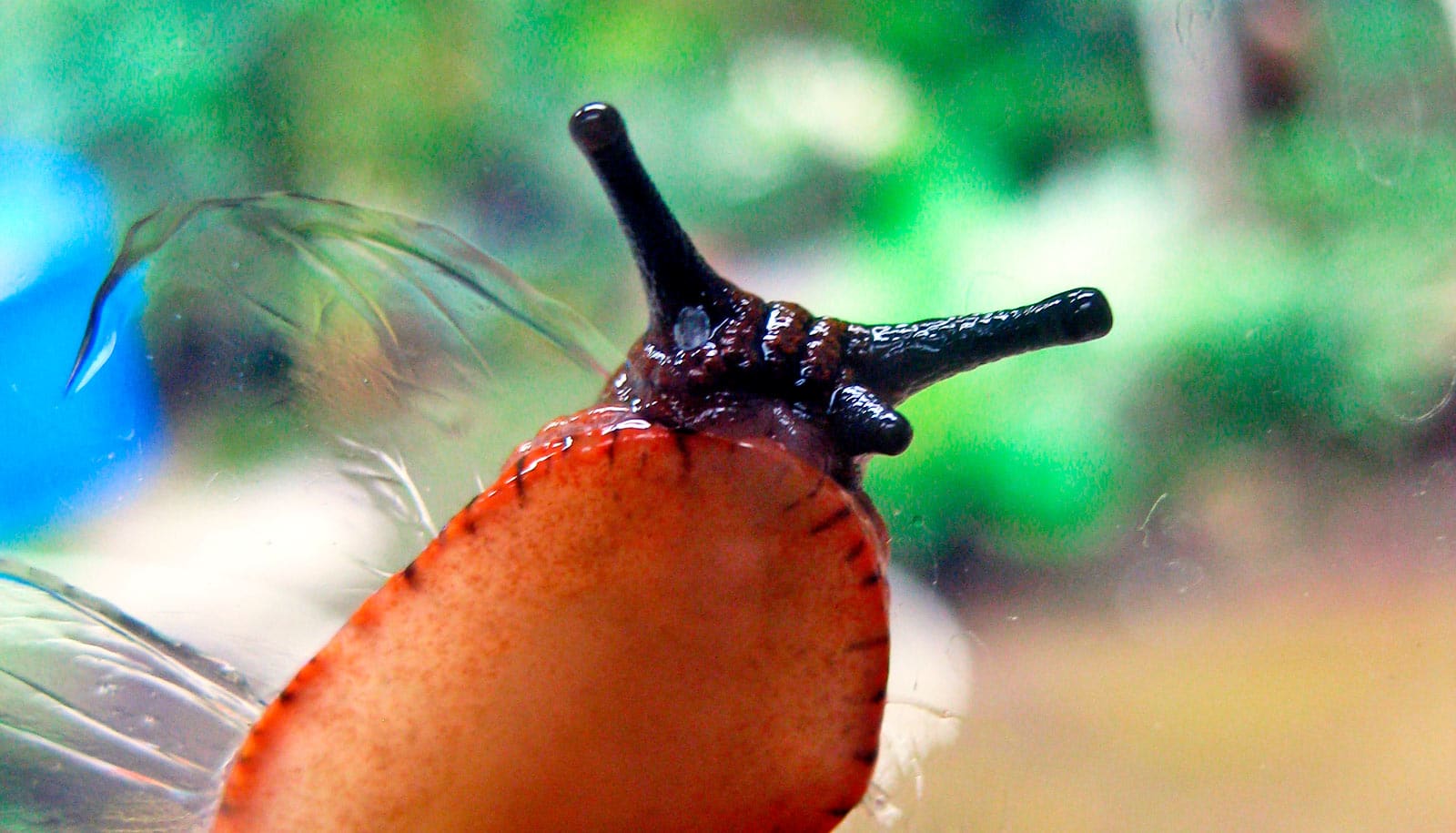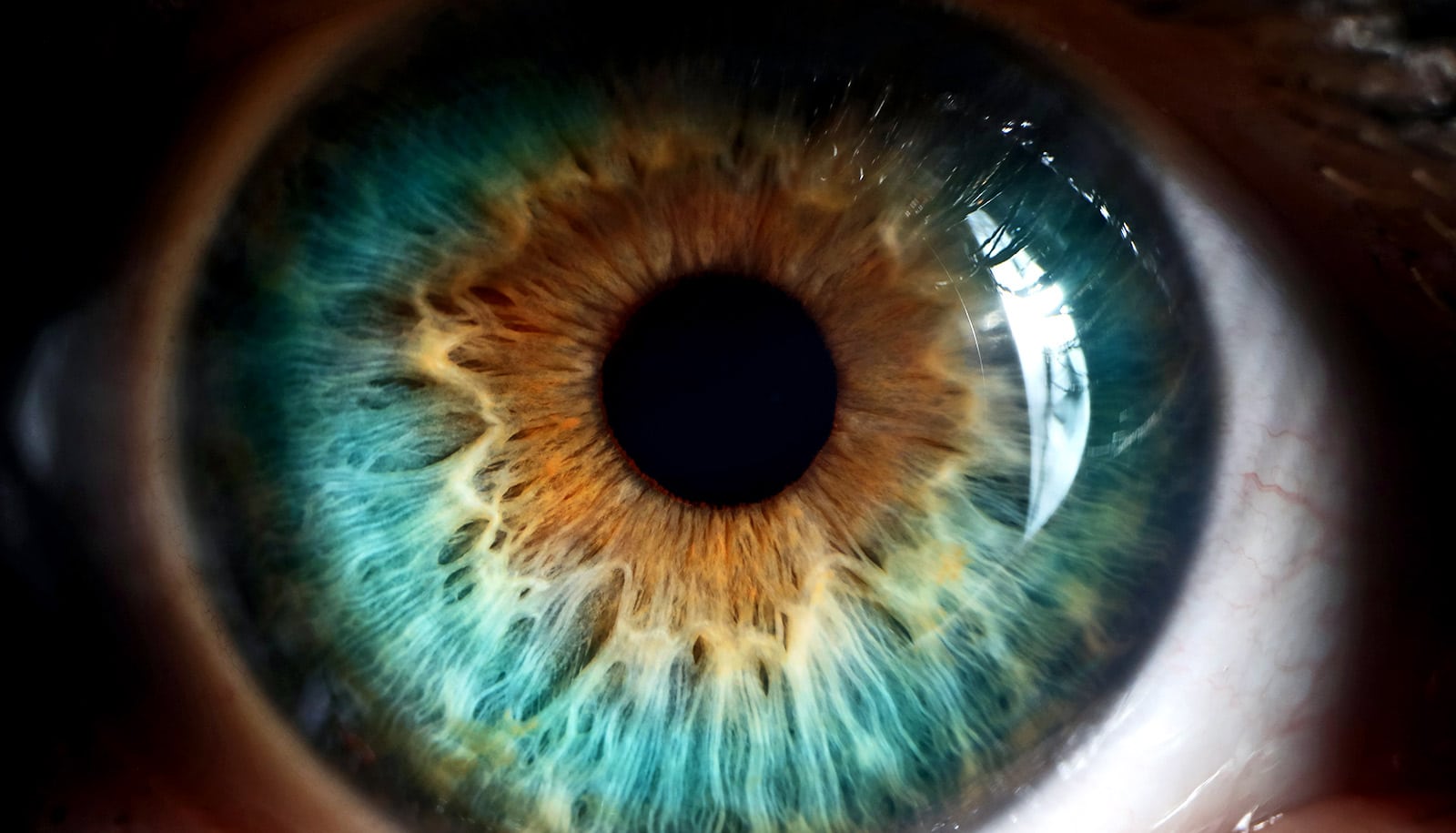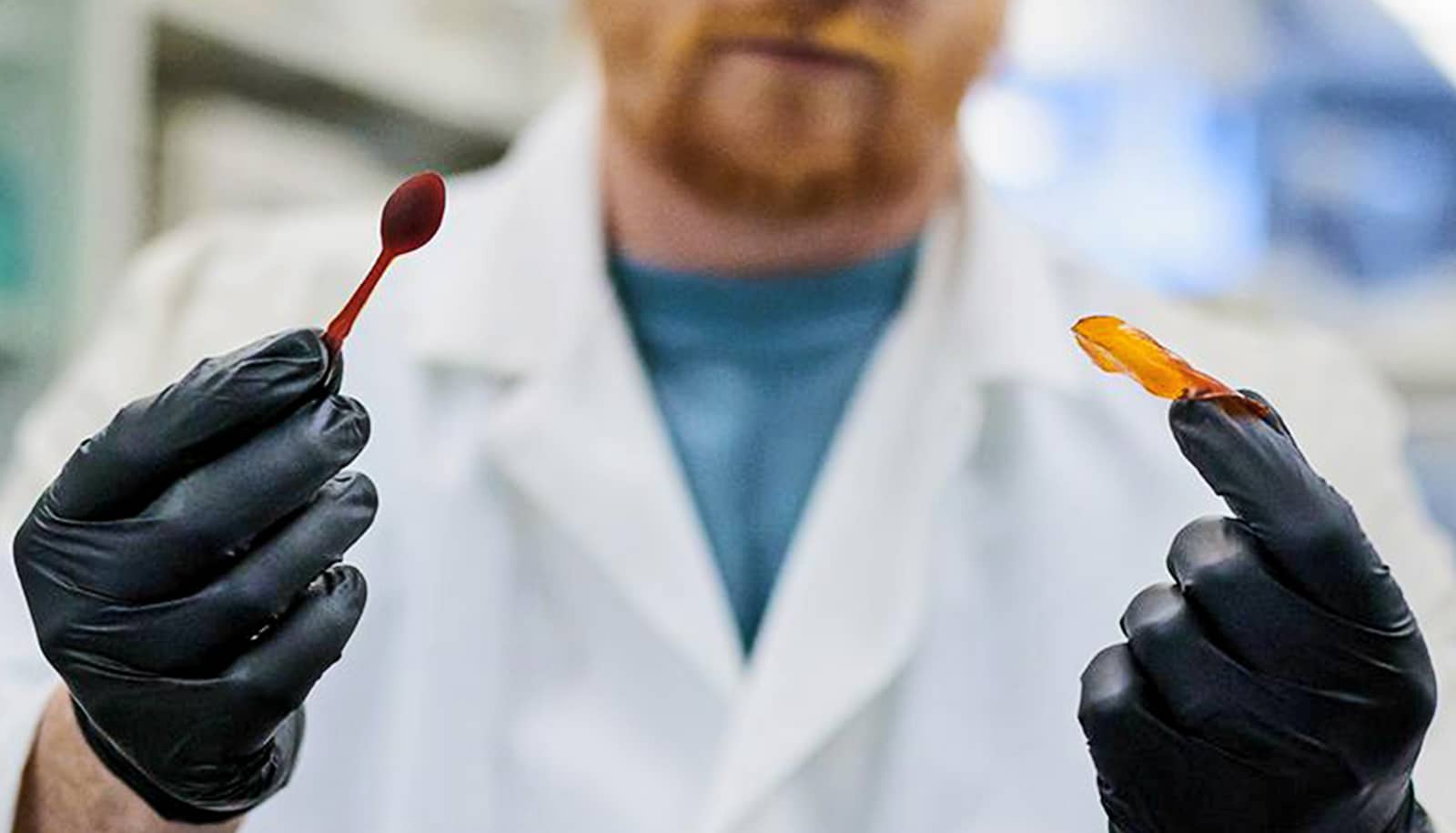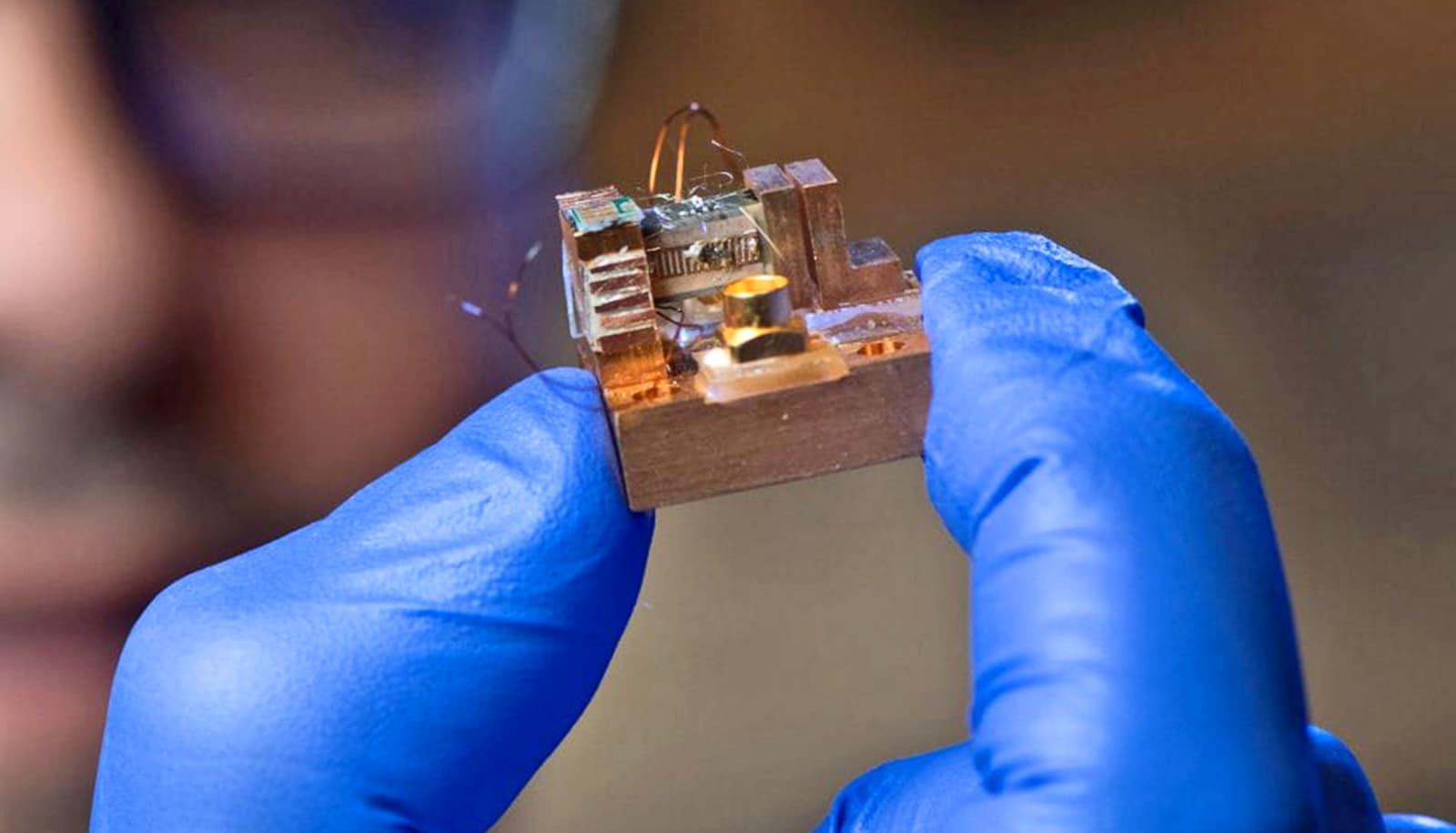Smart glass, transitional lenses, and mood rings are not the only things made of liquid crystals—mucus, slug slime, and cell membranes also contain them. Researchers want to know more about how liquid crystals, combined with bacteria, form living materials and how the two interact to organize and move.
“One of the ideas we came up with was materials that live,” says Igor S. Aronson, professor of biomedical engineering, chemistry, and mathematics. “Living matter, active matter may be self-healing and shape-changing and will convert energy to mechanical motion.”
Aronson is using predictive computational models and experiments to explore a living material that’s composed of a bacterium—Bacillus subtilis—that can move quickly using its long flagella and a nematic liquid crystal—disodium cromoglycate.
Liquid crystals as materials sit somewhere between a liquid and a solid. In this case, the molecules in disodium cromoglycate line up in long parallel rows, but are not fixed in place. Capable of moving, they remain oriented in only one direction unless disturbed.
According to Aronson, this type of liquid crystal looks like a straight-plowed field with the ridges the molecules and the furrows the areas in between.
Previously the researchers found that these tiny bacteria in a liquid crystal material can push cargo—tiny particles—through the channels in a liquid crystal and move at four times their body length when in small concentrations, but conservatively, at 20 times their body length when in large numbers.
“An emergent property of the combination of a liquid crystal and bacteria is that at about a 0.1 percent-by-volume bacterial concentration we start to see a collective response from the bacteria,” says Aronson.
This type of living material is not simply a combination of two components, but the two parts create something with unusual optical, physical, or electrical properties. However, there is no direct connection between the bacteria and the liquid.
Moving patterns
The researchers’ computer models showed collective behavior in their system similar to that seen in actual liquid crystal/bacteria combinations.
Unknown features of liquid crystals could improve screens
The predictive computational models for this liquid-crystal bacteria system show a change from straight parallel channels when only a small bacteria population exists, to a more complex, organized, active configuration when bacteria populations are higher. While the patterns are always changing, they tend to form pointer defects—arrow shapes—that serve as traps and concentrate bacteria in an area, and triangle defects that direct bacteria away from the area.
Increased bacterial concentration increases the velocity of the bacteria and configurations in areas with higher bacteria population change more rapidly than in areas with fewer bacteria.
Aronson and his team looked at actual liquid-crystal living materials in a slightly different way than in the past. They wanted the liquid-crystal thin film to be independent, not touching any surface, so they used a device that created the film—kind of like making large soap bubbles—and suspended it away from surface contact. This approach showed patterns of defects in the material’s structure.
Experiments with thin films of liquid crystals and bacteria produced the same results as the computational models, according to the researchers.
Without oxygen
Another effect the researchers found was that when oxygen was removed from the system, the action of the living material stopped. Bacillus subtilis is usually found in places with oxygen, but can survive in environments devoid of oxygen. The bacteria in the living material did not die, they simply stopped moving until oxygen was once again present.
The researchers report their findings in Physical Review X that their “findings suggest novel approaches for trapping and transport of bacteria….”
Because some biological substances like mucus and cell membranes are sometimes liquid crystals, this research may produce knowledge of how these biological substances interact with bacteria and might provide insight on diseases due to bacterial penetration in mucus.
Collaborators on the project are from Northwestern University, the Argonne National Laboratory; and Kent State University. The US Department of Energy supported the work.
Source: Penn State



